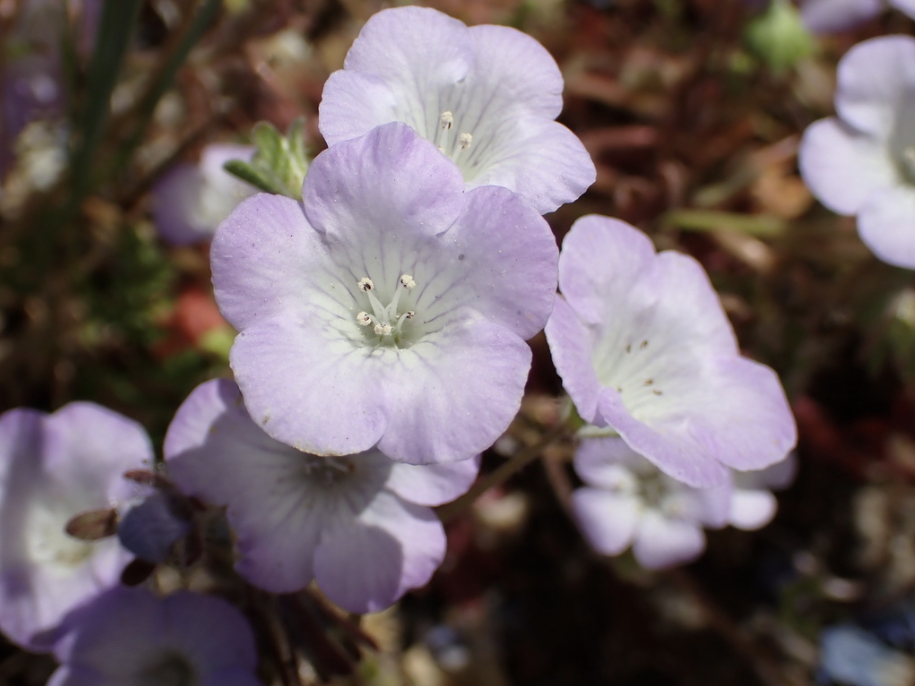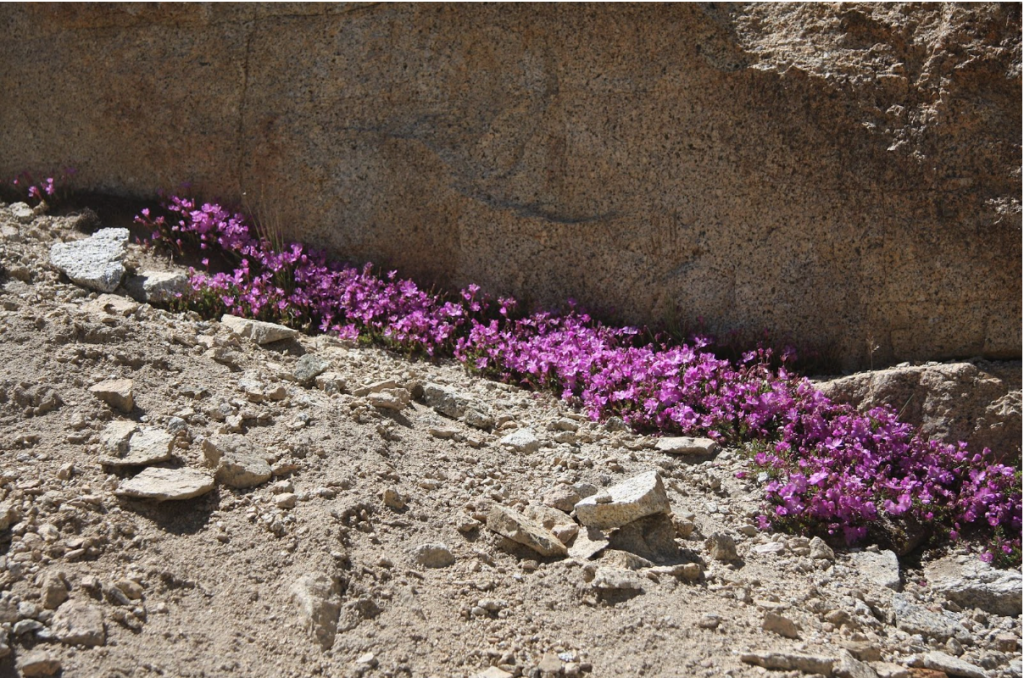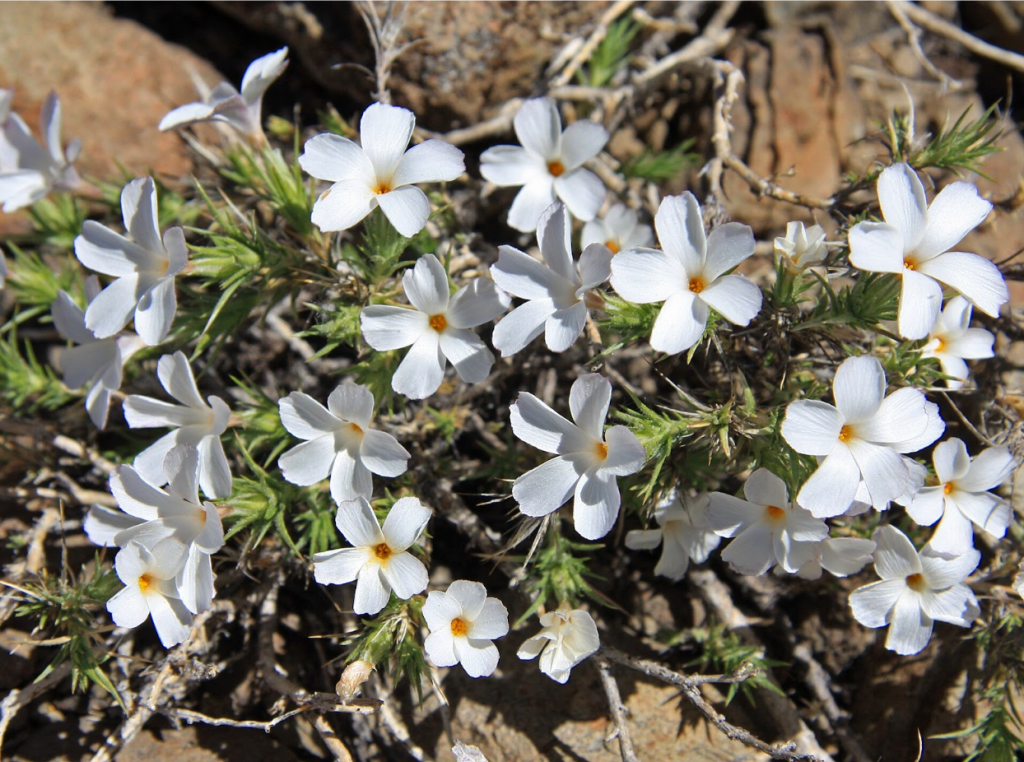California Central Valley Botany
Our new expedition at #PlantstoPixels highlights the botany of the California Central Valley. Nestled between the Sierra Nevada and California Coastal Ranges, few areas in California have undergone more manmade change than the Central Valley. Before widespread agriculture, the Central Valley was home to vast wetlands and grasslands that supported fauna such as pronghorn antelope, elk, and migratory birds. The Central Valley was also once home to Tulare Lake, the largest lake by area west of the Mississippi River.
During the 20th century, vast irrigation projects combined with an explosion in agricultural output caused a sharp increase in the use of groundwater and natural water sources in the area, leading to the disappearance of marshes and lakes and subsidence due to groundwater depletion. The Central Valley is estimated to be about 28 feet lower in elevation on average than it was in 1850 due to aquifer usage. Today, the Central Valley produces one-quarter of all food in the United States and 8% of the total agricultural value, making it one of the most productive agricultural areas in the country.
Despite these dramatic changes to the Central Valley’s natural landscape, there is still a significant role that botany can play in the region. There are still remaining areas of inland chaparral, woodland, and marsh that need study and preservation. Historic botany collections also play an important role in documenting the changes the Central Valley has undergone throughout the centuries, including climate change, habitat destruction, droughts, and the introduction of invasive species.
Be sure to check out our California Central Valley Botany expedition!
Here are some native plants you may encounter while transcribing collections from the California Central Valley:
Phacelia douglasii: Phacelia douglasii or Douglas’s Phacelia is native only to California where it grows mostly in the central valley, California coastal mountain ranges and northern Mojave desert. It is a member of the Hydrophyllaceae Family, a subfamily of Boraginaceae.

Epilobium obcordatum:
Epilobium obcordatum or the Rockfringe Willowherb lives up to its name by growing in mats along rocky outcrops , fringing cracks in rocks. Although not present in the central valley itself, it can be found in the Sierra Nevadas and Sierra Nevada foothills as they rise out of the valley. This plant is in the family Onagraceae and can be found in several western states including Nevada, Idaho and California.

Linanthus pungens:
A member of the family Polemoniaceae Linanthus pungens or the Granite gilia is native to California and west coast North America. It is a very resilient plant, able to grow in desert washes ,grassland, pine forests as well as both high and low altitude environments. This plant is very dominant in El Dorado County for example, where it thrives in white pine forests of the Sierra Nevada foothills, although it can also be found in other environments throughout the central valley and surrounding areas.




